-
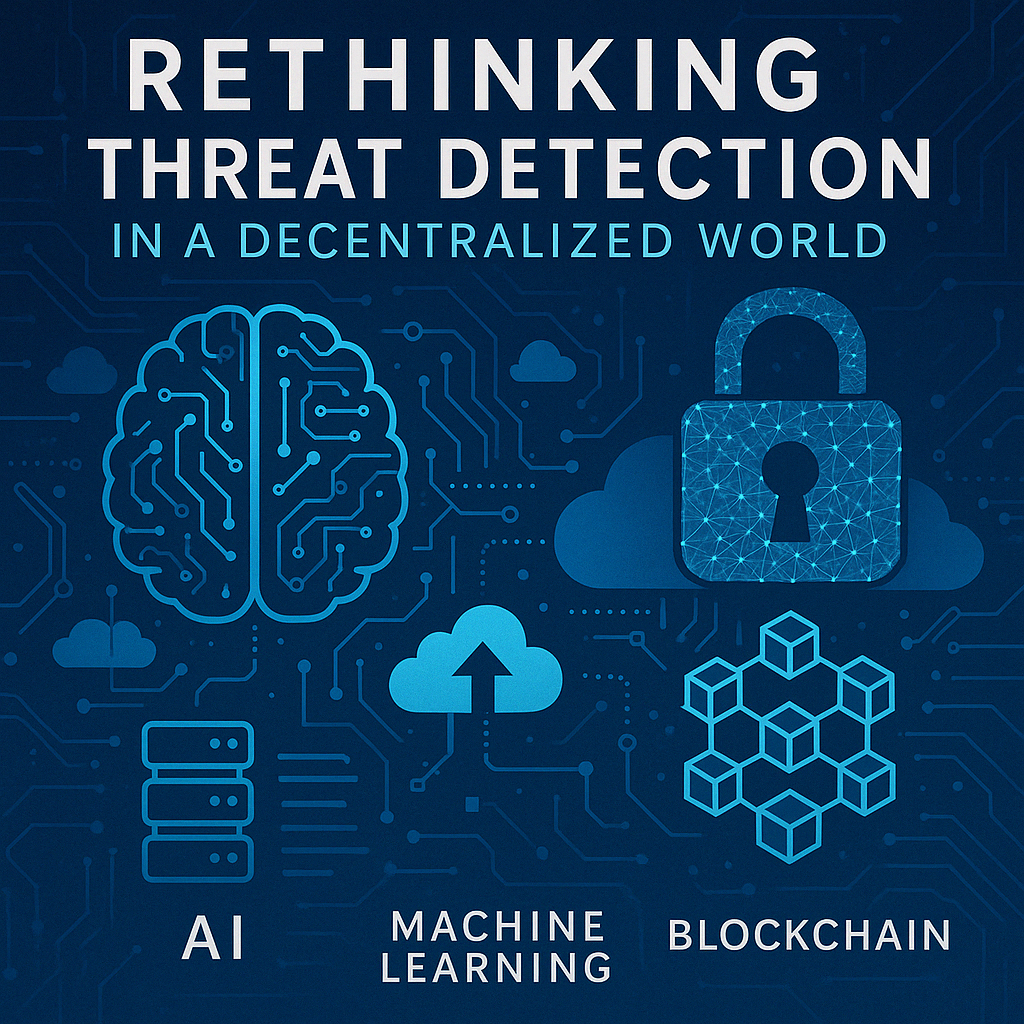
Threat Detection in a Decentralized World: AI, ML & Blockchain
Introduction: Why the Old Threat Detection Model No Longer Works In today’s decentralized world, traditional cybersecurity strategies are quickly becoming obsolete. With the rise of remote work, hybrid cloud infrastructures, and blockchain-based systems, organizations no longer operate within well-defined perimeters. As a result, threat detection must evolve from static, rules-based systems to intelligent, adaptive frameworks…
-

CrowdStrike Outage 2024: The Biggest Cybersecurity Breakdown
Introduction: When a Cybersecurity Solution Becomes the Cause of the Crisis In July 2024, the world witnessed a major cybersecurity failure—the CrowdStrike outage 2024. This unprecedented event disrupted critical infrastructure globally, making it the largest IT outage in cybersecurity history. What started as a routine update from a trusted endpoint security provider turned into a…
-
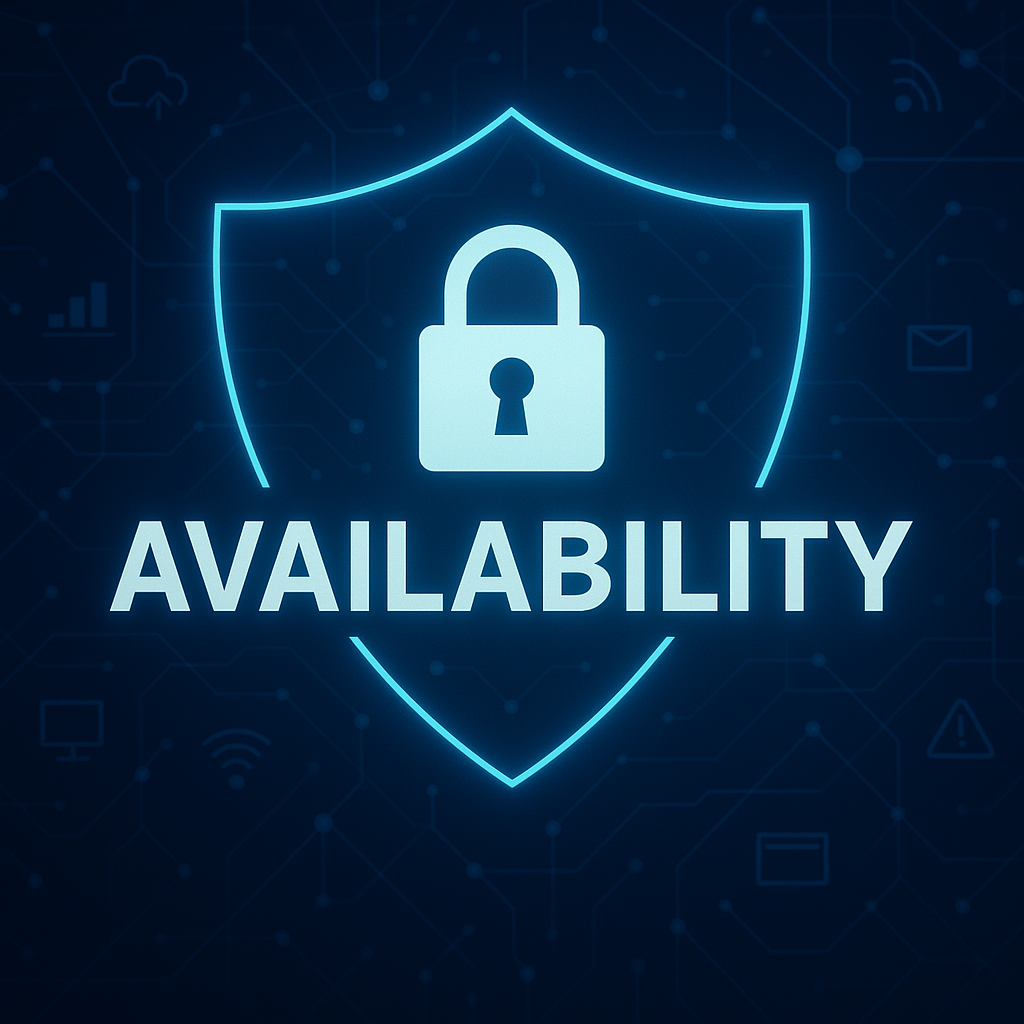
Availability
In the interconnected digital landscape, where information flows ceaselessly, the concept of availability in cybersecurity emerges as a vital pillar alongside confidentiality and integrity. Ensuring the availability of data, systems, and resources is the bedrock of a resilient digital infrastructure. In this blog, we will delve into the significance of availability in cybersecurity and the…
-
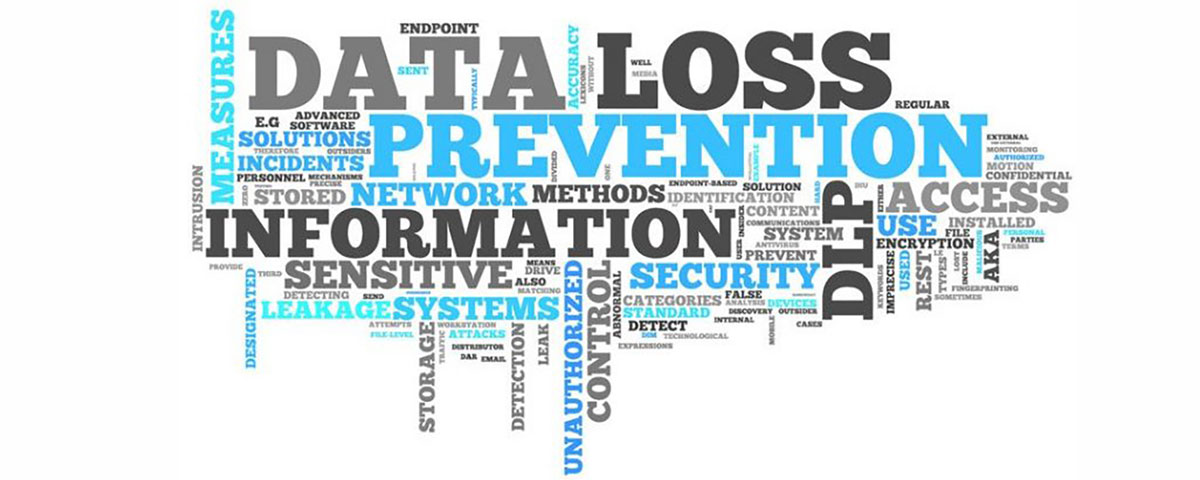
Data Loss Prevention systems
In an era where data is a valuable asset, organizations face increasing challenges in protecting their sensitive information from loss, theft, or unauthorized disclosure. Data Loss Prevention (DLP) systems provide a comprehensive approach to safeguarding data by identifying, monitoring, and preventing potential data breaches. In this article, we explore the significance of DLP systems and…
-

Dangers of XSS attacks on apps
Cross-Site Scripting (XSS) attacks have become a prevalent and dangerous threat to the security of web applications. These attacks exploit vulnerabilities in websites or web applications, allowing attackers to inject malicious code into trusted websites and compromise user data. In this article, we delve into the dangers posed by XSS attacks, shedding light on their…
-
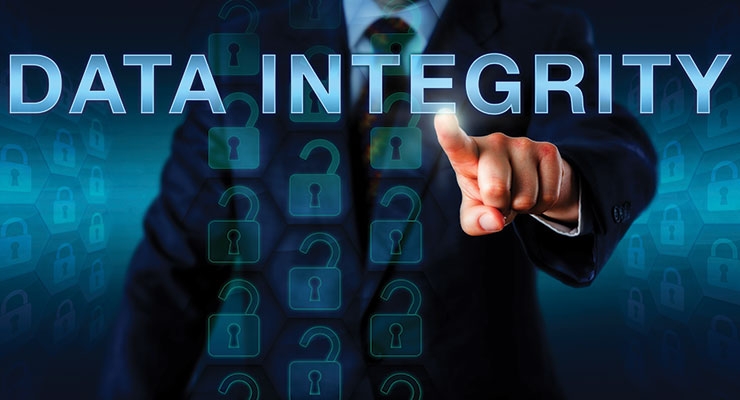
What are the most secure methods for ensuring data integrity?
In today’s digital age, maintaining the integrity of data is crucial for businesses, organizations, and individuals alike. Data integrity refers to the accuracy, consistency, and reliability of data throughout its lifecycle. Safeguarding data integrity ensures that information remains unaltered, trustworthy, and protected against unauthorized modifications or corruption. In this article, we explore some of the…
-
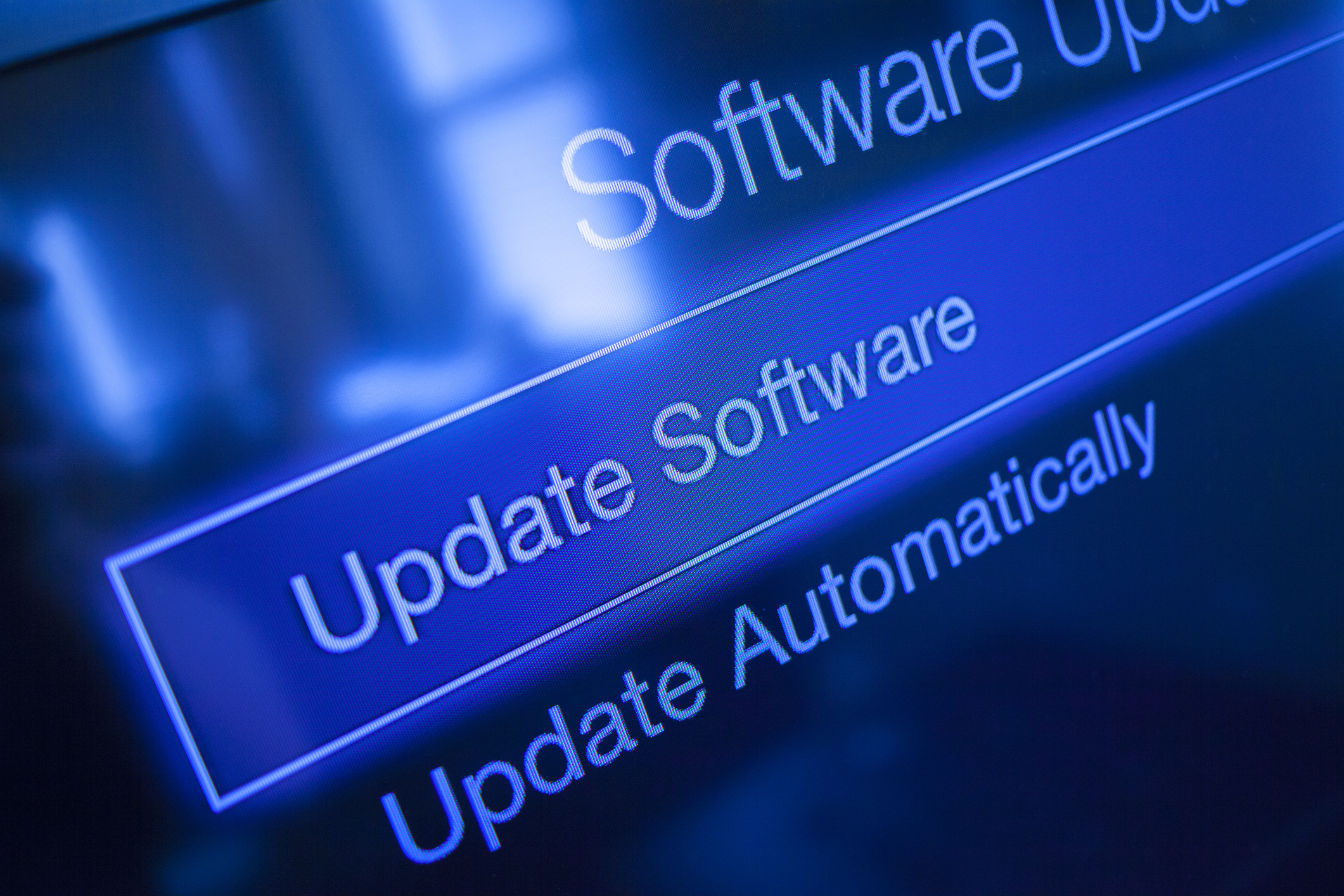
Importance of keeping updated Software
In today’s digital landscape, software plays a critical role in our daily lives, powering our computers, mobile devices, and other technological systems. However, the mere installation of software is not enough to ensure a secure and efficient experience. Regularly updating software is paramount for maintaining optimal performance, enhancing security, and protecting against emerging threats. In…

